Sliding doors make any space more elegant. But when the rollers fail, smooth operation becomes impossible. You need the right pulleys to avoid frustration.
The key to selecting sliding door pulleys is to match wheel capacity, material, track type, and door weight. Aluminum or steel rollers work for most interior doors, while heavy-duty nylon rollers handle exterior or oversized doors best.
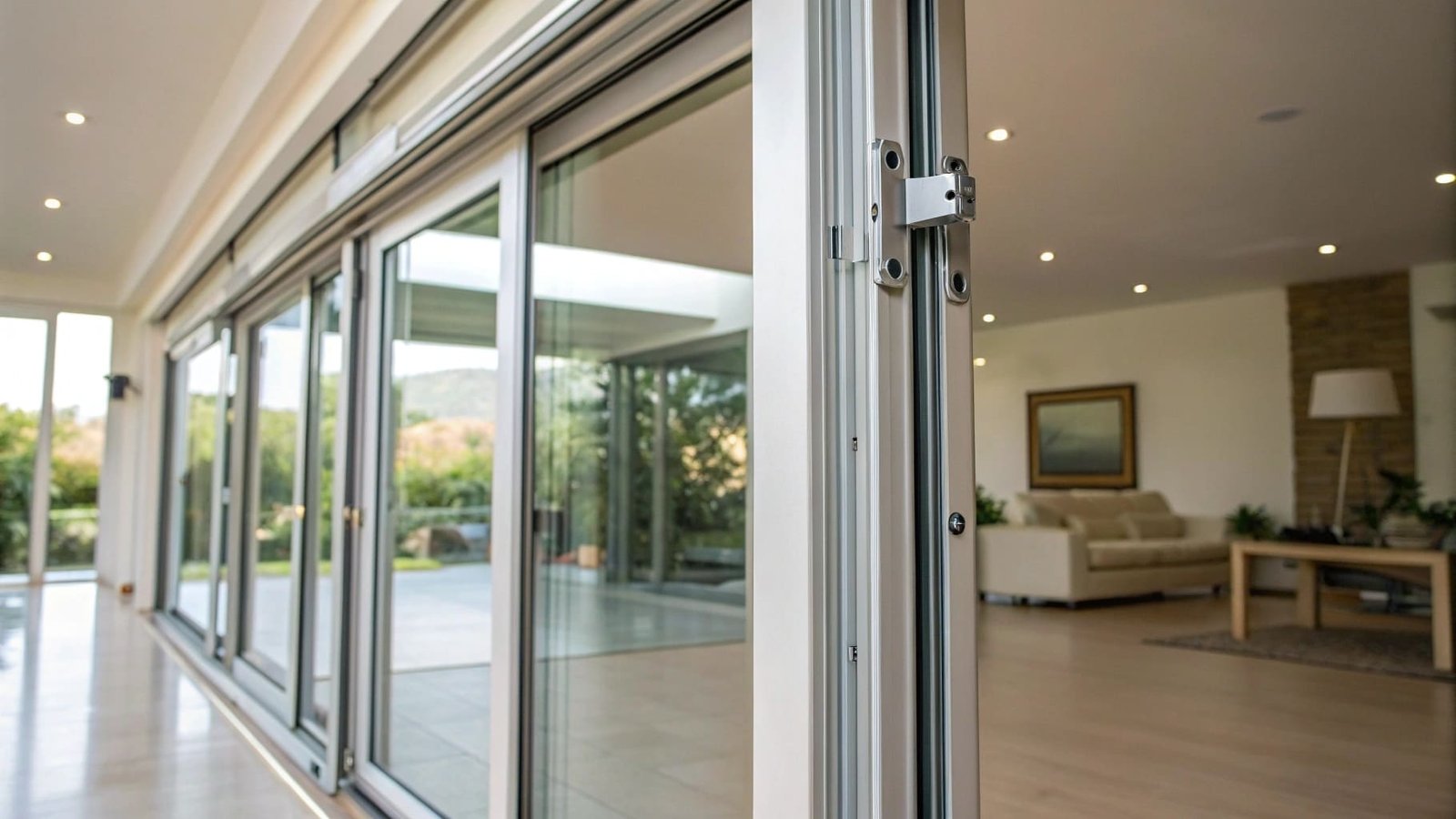
Choosing the wrong roller leads to scraping noises and awkward slides. I once ordered undersized rollers because I didn’t measure properly. The door kept jumping off the track until I replaced them. Proper selection makes all the difference.
How to Make a Sliding Door Glide Easier?
Sticky sliding doors slow down movement and annoy users. Regular care prevents most operational problems.
Clean tracks monthly and lubricate rollers annually with silicone spray. Adjust roller height if doors drag or wobble. Replace worn wheels immediately to restore smooth movement.
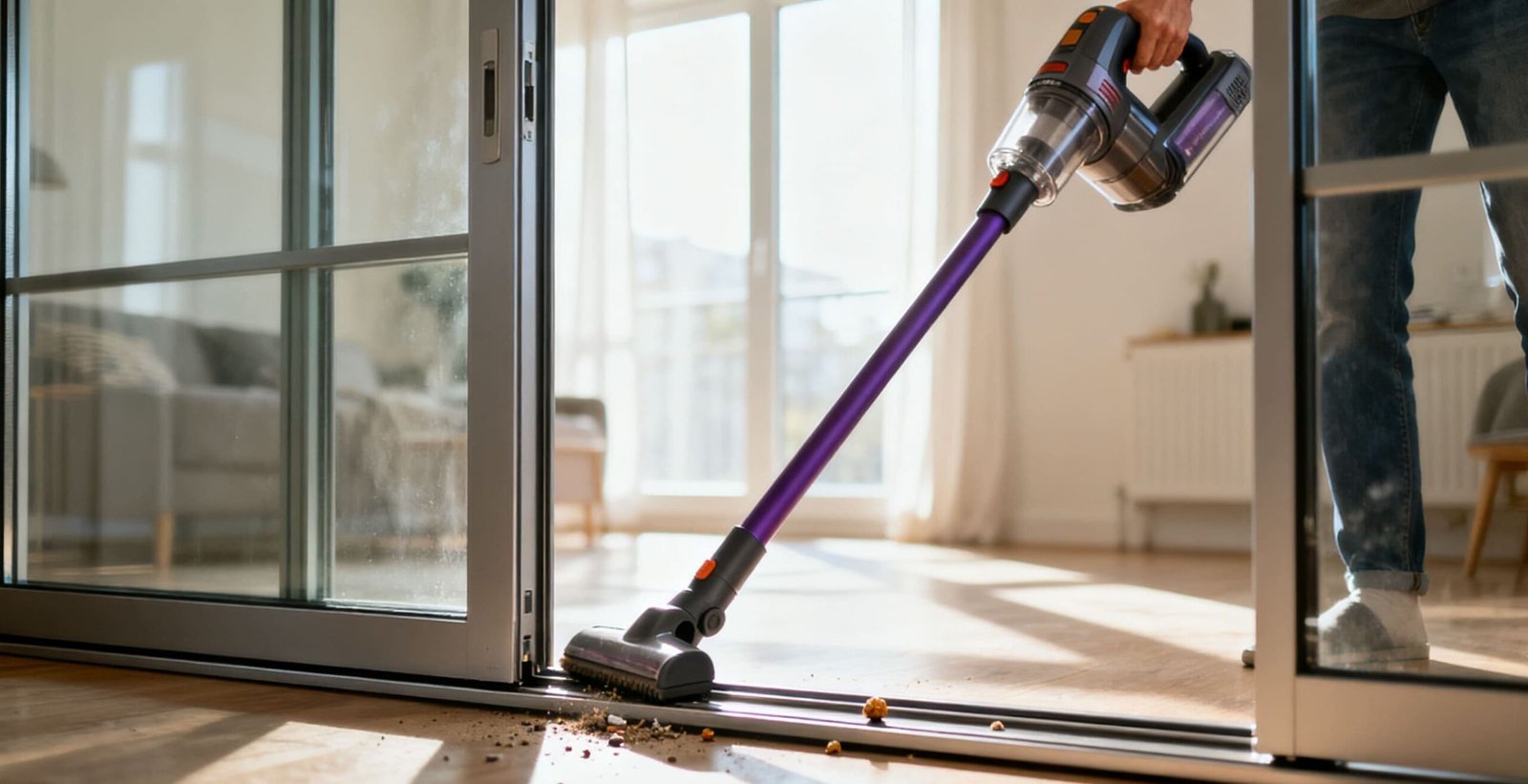
For frequent issues, examine these common problems:
| Problem | Likely Cause | Solution |
|---|---|---|
| Door sticks | Dirty track | Clean with vinegar solution |
| Uneven movement | Misaligned rollers | Adjust roller screws |
| Noisy operation | Dry bearings | Lubricate with silicone spray |
| Wheel breakage | Overloaded rollers | Upgrade to heavy-duty wheels |
I learned these solutions the hard way after struggling with my patio doors. A simple $5 spray bottle of lubricant fixed years of sticking problems.
How to Know Which Rollers for a Sliding Glass Door?
Glass doors need special rollers. Their weight and fragility demand careful selection.
Glass door rollers require stainless steel or nylon construction to prevent rust. The wheels must have soft rubber treads to absorb vibrations. Choose models with load ratings 25% higher than your door’s actual weight.
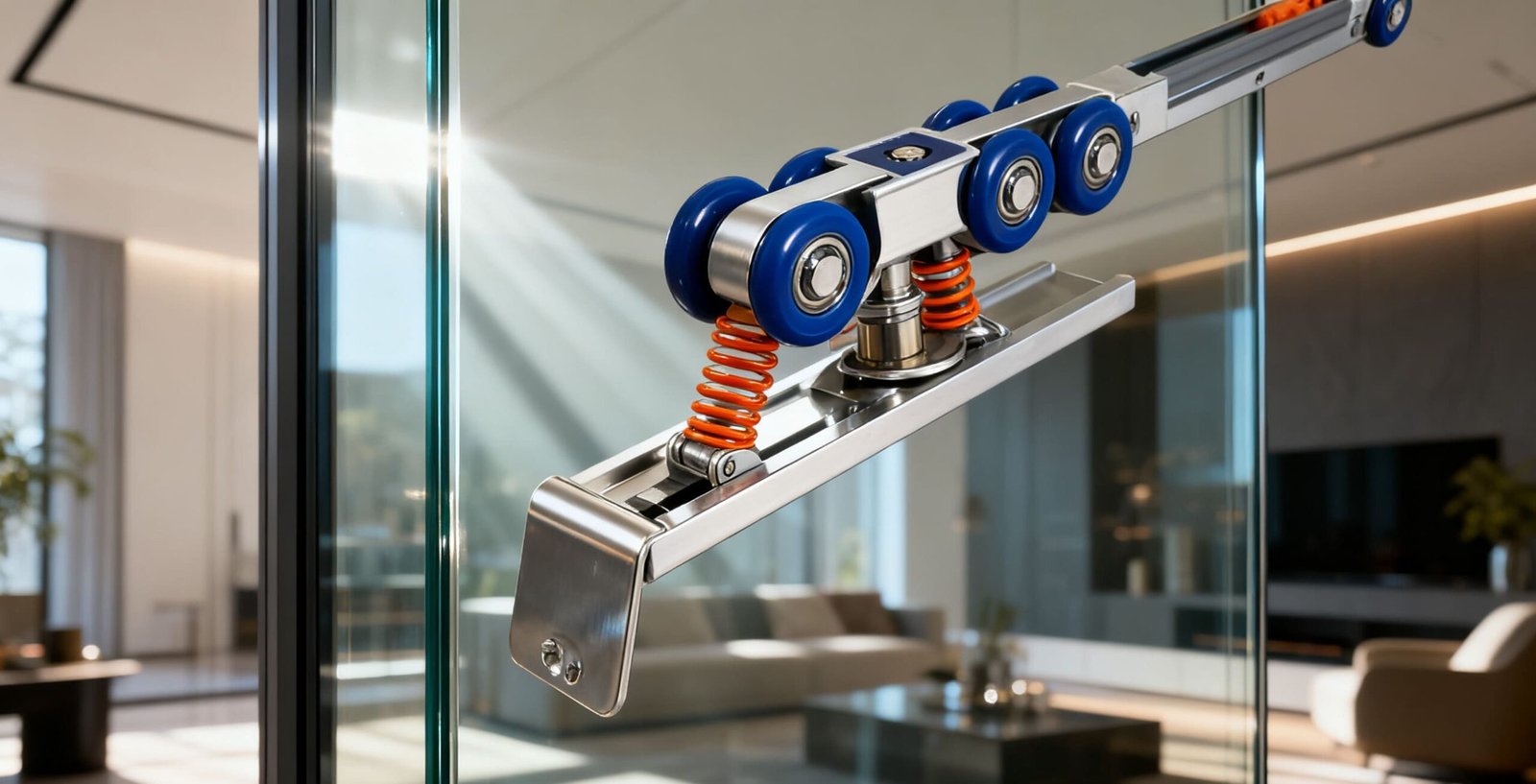
Consider these technical specifications:
- Capacity range: 40-150 lbs per wheel typical
- Wheel diameter: 1.5-2 inches for smooth rolling
- Bearing type: Sealed bearings resist dirt
- Material grades: 304 stainless steel resists salt air
An architect friend shared that coastal homes should always use marine-grade rollers. Standard models rust within months near the ocean.
How to Determine Sliding Door Handing?
Door handing affects roller placement and track installation. Get it wrong and the door won’t function.
Face the exterior side of the door. If hinges are on the left, it’s left-handed. Right-side hinges mean right-handed. Proper handing ensures correct roller orientation and smooth operation.
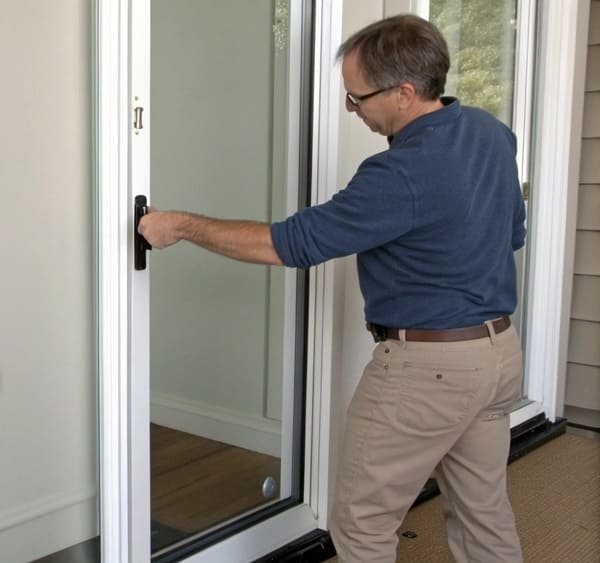
I misidentified handing during a bathroom remodel. The resulting track alignment made the door open backward until I flipped the rollers. It wasted three hours.
What Are the Different Types of Sliding Door Mechanisms?
Sliding systems vary by application and budget. Each has distinct roller requirements.
Standard bypass doors use upper and lower rollers. Pocket doors employ single-track top rollers. Heavy industrial doors require reinforced steel roller carriages with dual bearings.
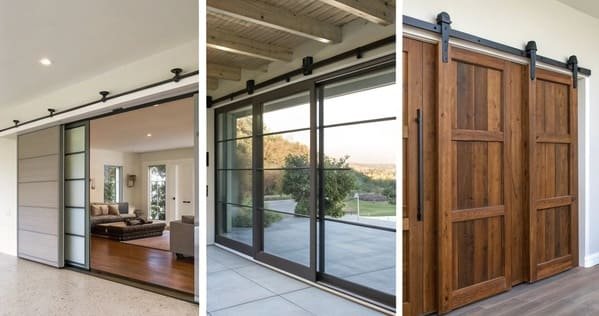
Key mechanism differences:
Residential bypass doors
- Twin tracks
- Plastic or steel rollers
- 100-200 lb capacity
Commercial pocket doors
- Single overhead track
- Silent nylon wheels
- Anti-jump guides
Industrial sliding partitions
- Steel roller carriages
- Oil-impregnated bushings
- 500+ lb ratings
A warehouse manager showed me their 20-foot sliding partition. Its fourteen industrial rollers support 1,800 pounds effortlessly.
Conclusion
Choosing sliding door pulleys requires evaluating door type, weight, location, and mechanism. Proper selection ensures years of quiet, effortless operation.

